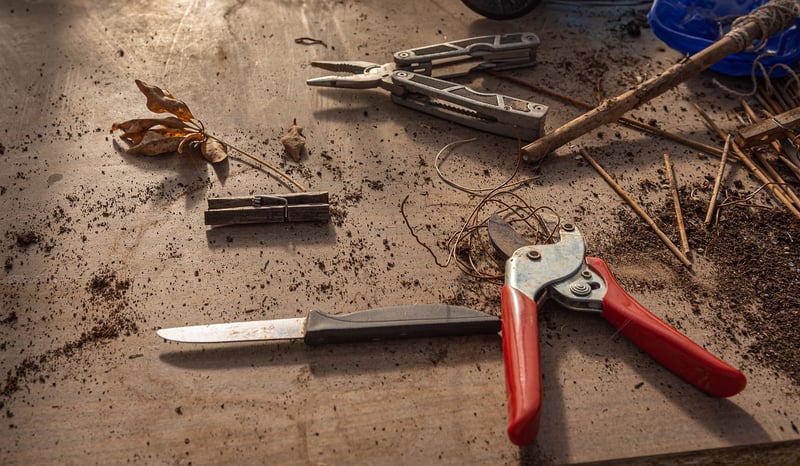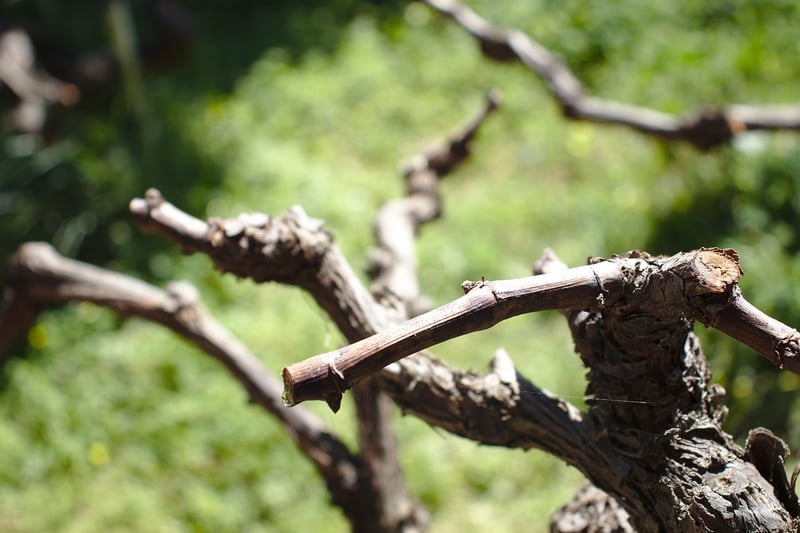Pruning Basics
Maintaining Healthy Plants: Pruning Basics
Introduction
Pruning is an essential practice for maintaining the health and vitality of your plants. By removing dead or overgrown branches, you can encourage new growth, improve air circulation, and enhance the overall appearance of your garden. In this article, we will cover the basics of pruning to help you keep your plants in top condition.
Why Prune?
Pruning serves several important purposes:
- Promotes plant growth
- Removes dead or diseased branches
- Shapes the plant for better aesthetics
- Improves air circulation
- Prevents pests and diseases
When to Prune
The best time to prune your plants depends on the type of plant. In general:
- Spring-flowering plants: Prune after they bloom
- Summer-flowering plants: Prune in late winter or early spring
- Evergreen plants: Prune in late winter
Pruning Techniques
There are several pruning techniques to keep in mind:
- Remove dead or damaged branches with clean cuts
- Use sharp, clean pruning shears to prevent tearing the plant tissue
- Prune at a 45-degree angle just above a bud or branch junction
- Step back regularly to assess the plant's shape and progress
Conclusion
Pruning is a simple yet effective way to ensure the health and beauty of your plants. By following the basic principles of pruning and understanding the needs of your specific plants, you can help them thrive and flourish in your garden.

Remember, proper pruning can make a world of difference in the growth and development of your plants. So grab your shears and get started on pruning your way to a healthier garden!
For more information on plant care and gardening tips, check out our Gardening Website.
